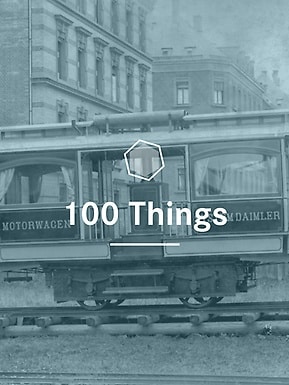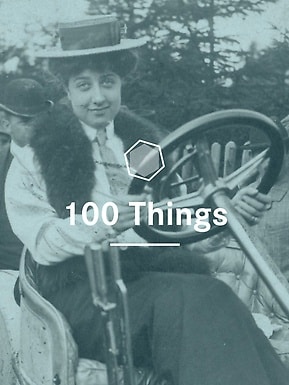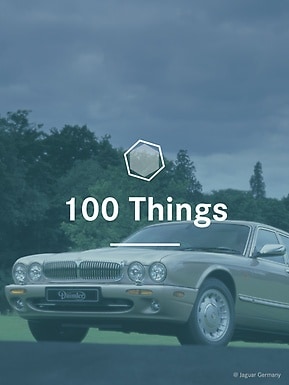The Mercedes-Benz Art Collection currently consists of about 3,000 works created by around 700 artists. The great thing about the collection is that most of these works are not simply gathering dust in storage rooms. Instead, they are on show in the midst of the company’s daily operations — in front of buildings and inside foyers, conference rooms, and canteens. As a result, our colleagues can get to know a significant section of 20th-century art as well as contemporary works by international artists in passing.
The Mercedes-Benz Art Collection was born in 1977, when the Board of Management decided to buy a painting titled Ruhe und Bewegung II (Rest and Movement II) by the Stuttgart-based painter Willi Baumeister. In subsequent years the focus of the collection was initially on artists from southern Germany, including the Bauhaus representative Oskar Schlemmer and the Surrealist Jean Arp.
The collection has remained faithful to its focus on abstract, conceptual, and minimalist art down to the present day. The geographic scope of the collection, like that of Daimler itself, has long been extended far beyond southern Germany. Among the most recent acquisitions are works from South Africa, India, South America, and China.


































